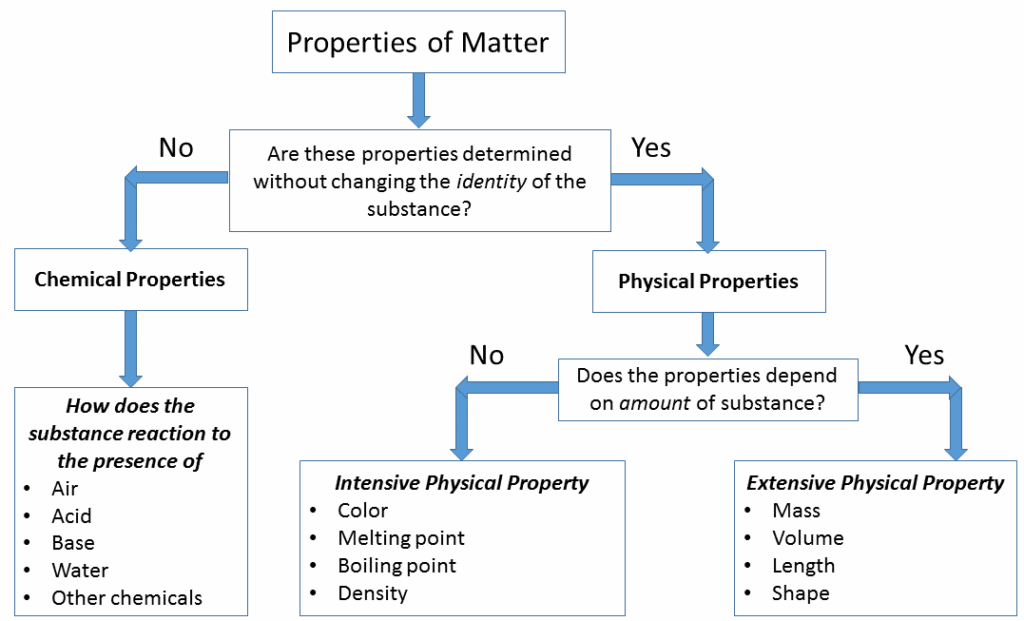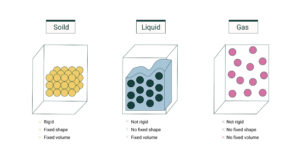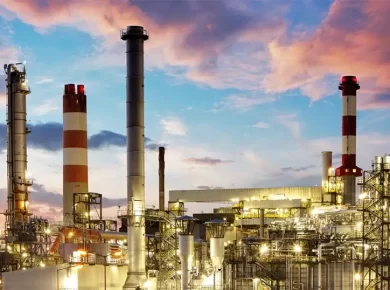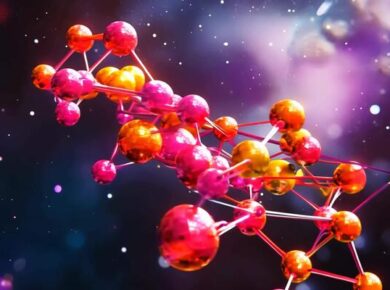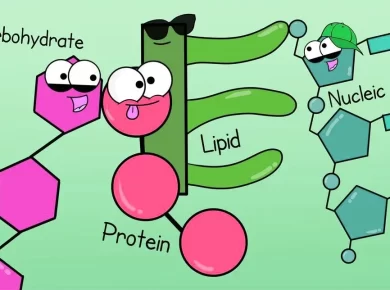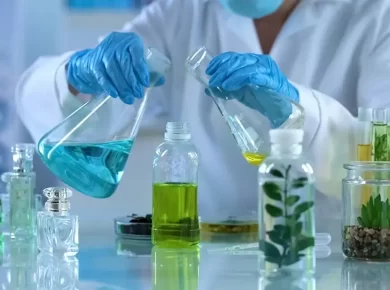Properties of Matter
- Matter is anything, such as a solid, liquid or gas that has weight (mass) and occupies space.
- For anything to occupy space, it must have volume viz. everything on earth is matter
Properties of Matter
- All properties of matter are either physical or chemical
- Physical properties can be measured without changing a substance’s chemical identity
- Chemical properties can be measured only by changing a substance’s chemical identity
- Physical properties are further divided into intensive or extensive
- Extensive properties, such as mass and volume, depend on the amount of matter being measured.
- Intensive properties, such as density and color, do not depend on the amount of the substance present.
Physical Properties
|
Chemical Properties
In each of these, the substance’s chemical property is its tendency to:
|
States of Matter
Solids
- Are tightly packed, usually in a regular pattern
- Incompressible + fixed volume + Fixed shape
- Solid particles vibrate (jiggle) but generally do not move from place to place
Liquids
- Liquids are close together with no regular arrangement
- Incompressible – No fixed shape but definite volume
- Liquids vibrate, move about, and slide past each other.
- Assumes the shape of the part of the container which it occupies
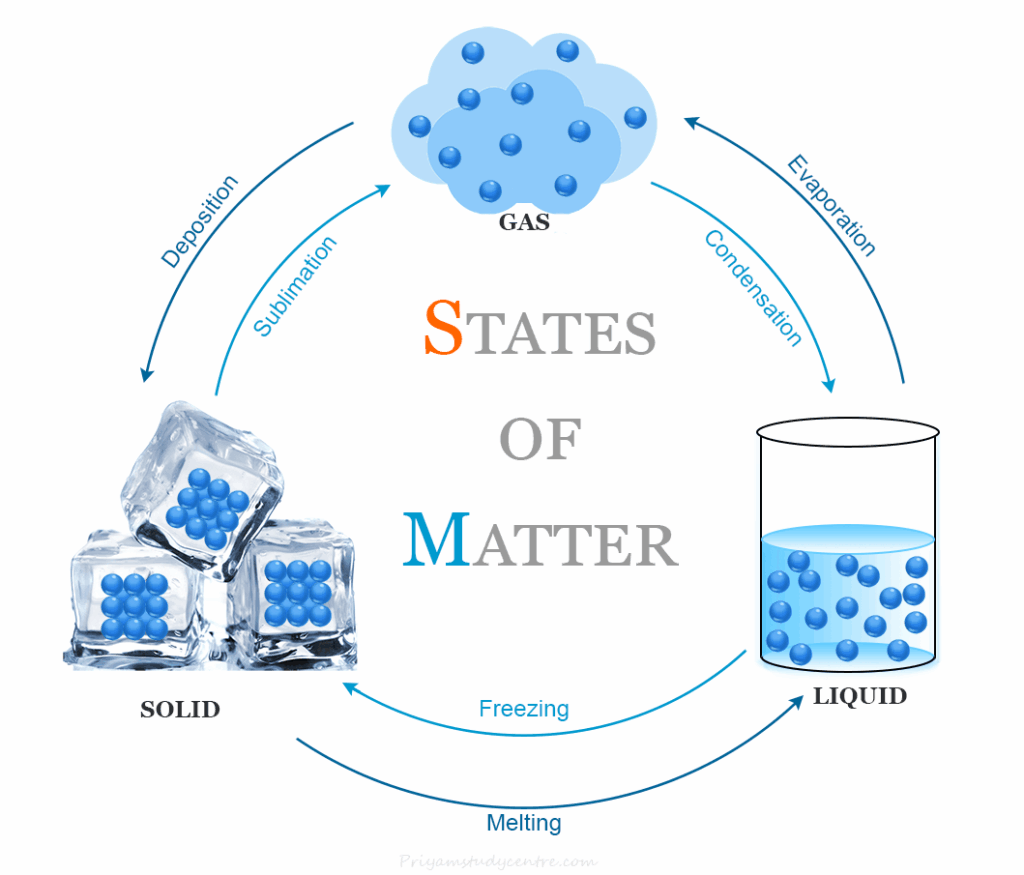 Gases
Gases
- Are well separated with no regular arrangement
- Highly compressible – No fixed Shape or volume
- Vibrate and move freely at high speeds.
- Assumes the shape and volume of its container
Plasma
- Occurs at high temp. & low pressure
- Atoms break into ions & free electrons, Forms a glowing state e.g. Inside sun / stars
- Consists of highly charged particles with extremely high kinetic energy
- Gases in neon sign board > fluorescent tube ionize to form plasma when electricity is passed through them
Bose Einstein condensate
- Occurs on cooling an atom of very low density at very low temp.
- Using a combination of lasers and magnets, Eric Cornell and Carl Weiman cooled a sample of rubidium to within a few degrees of absolute zero.
- At this extremely low temperature, molecular motion comes very close to stopping altogether.
- Since there is almost no kinetic energy being transferred from one atom to another, the atoms begin to clump together.
- There are no longer thousands of separate atoms, just one “super atom.”
- Least energy among all five states
BEC is used to study quantum mechanics on a macroscopic level. Light appears to slow down as it passes through a BEC, allowing study of the particle/wave paradox. A BEC also has many of the properties of a superfluid — flowing without friction.
For more updates, explore the Physics. Feel free to share your thoughts and comments.
If you’re passionate about building a successful blogging website, check out this helpful guide at Coding Tag – How to Start a Successful Blog. It offers practical steps and expert tips to kickstart your blogging journey!

